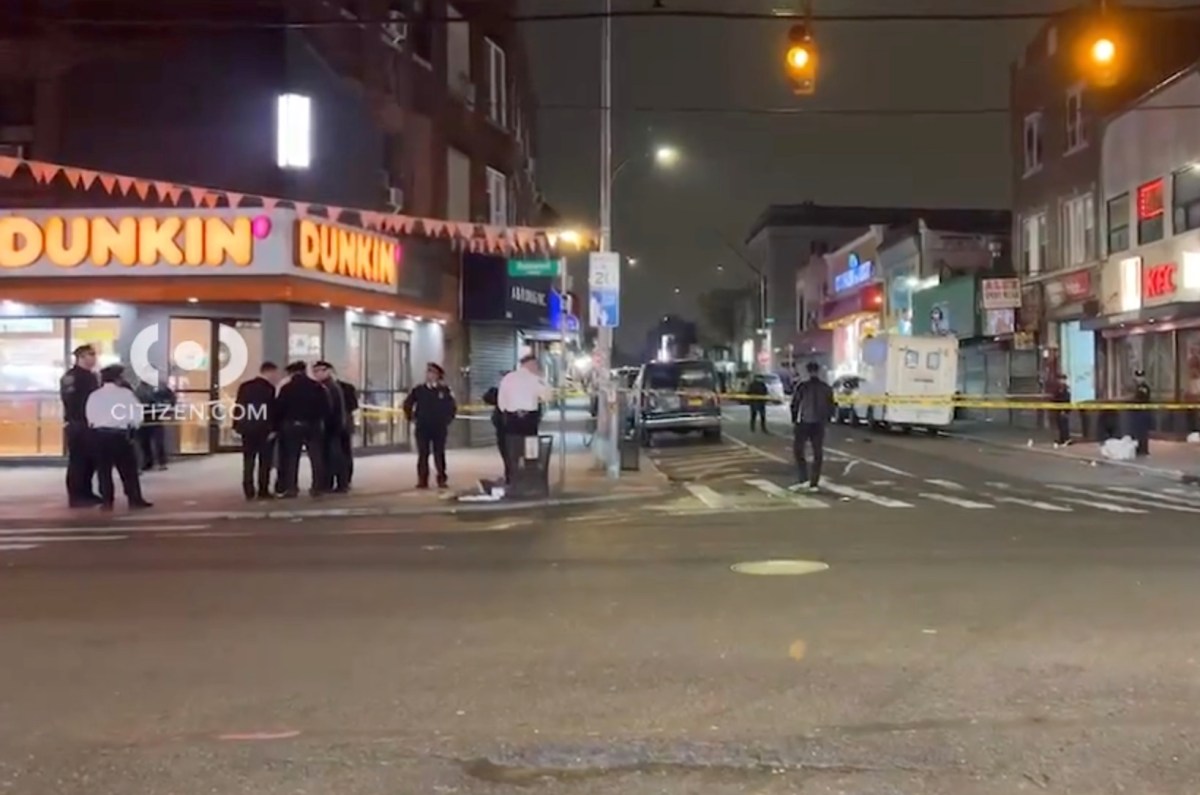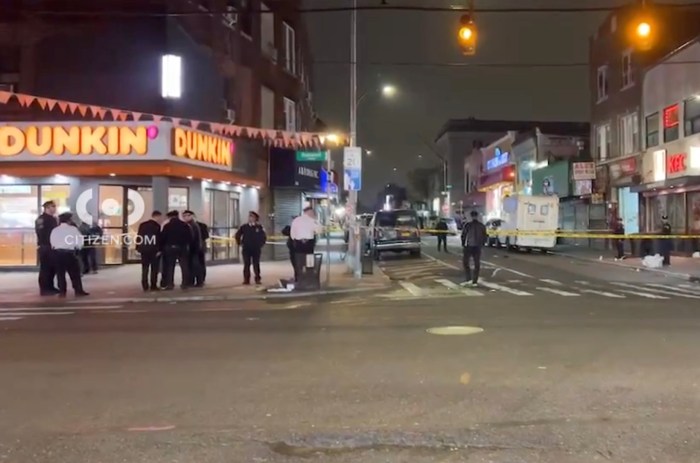By Bill Parry
The MTA blames three maintenance supervisors and a track inspector for their roles in an F train derailment in Woodside back in May that injured 30 riders.
In a final report issued Friday, the agency said the workers missed “several minor defects in track components present at the point of derailment” and that New York City Transit has changed its inspection protocols to ensure rail defects are appropriately identified and repaired.
“Nothing is more important than providing the safest transportation possible for our customers and employees, so determining the cause of this derailment was a top priority for us,” NYC Transit President Carmen Bianco said. “We immediately took corrective action to ensure we always focus on identifying and correcting track defects. This will minimize the risk of future derailments.”
Investigators found that a metal plate and fasteners under the rail had been broken for at least a year before the derailment but was not replaced. When the eight-car F train derailed shortly after 10 a.m. May 2 as it headed toward Manhattan on the express track south of the Jackson Heights-Roosevelt Avenue station, under Broadway at 60th Street, a 7-foot, 11-inch section of a rail fractured beneath the train as it traveled at 40 mph.
Nearly 1,000 straphangers were safely evacuated by city rescue services. A total of 30 riders and two employees reported minor injuries, and the damage was valued at more than $2 million, according to the report.
Additionally, the tie beneath the plate was in poor condition, part of the rail that broke was not installed correctly and a bolt required to secure a joint bar underneath the rail was missing, the report said.
“Individually none of them was capable of causing derailment, but the combination of defects in one location was the most likely cause of the derailment,” the finding concluded.
New York City Transit’s comprehensive track inspection program requires every inch of mainline track to be walked and inspected by trained personnel twice a week, and by supervisors twice a month.
The report found that Division of Track personnel did not identify, document and correct the track defect at that location, either during regular inspections or when the two prior broken rails were replaced. They also did not adequately investigate the underlying causes of the broken rails.
Disciplinary action is being pursued against the three maintenance supervisors and the track inspector for their roles in the derailment.
Department of Subways Senior Vice President Joseph Leader said, “We have quickly taken corrective action, and we will continue to embrace new technologies and continuously improve our track maintenance activities.”
Reach reporter Bill Parry by e-mail at bparry@cnglocal.com or by phone at (718) 260–4538.





























